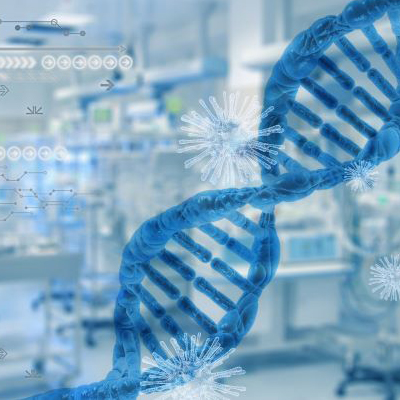Perspectives to fight viruses. The example of Sars-CoV-2

All claims expressed in this article are solely those of the authors and do not necessarily represent those of their affiliated organizations, or those of the publisher, the editors and the reviewers. Any product that may be evaluated in this article or claim that may be made by its manufacturer is not guaranteed or endorsed by the publisher.
Coronaviruses well studied in the past provide scientific tools and knowledge that is used for identifying the molecular basis of the new SARS-CoV-2. It belongs to complex systems and its evolution and mutations must be observed under the lens of the nonlinearity as it is far from the equilibrium conditions. The new properties that SARS-CoV-2 carries were incubated for a long time in microcosm refining its information content. Various animal species acted as transmitters of SARS-CoV-2 to human beings. In this perspective article, we argue that the infection ability of the new virus can correlate with its thermodynamic payload. Design: We suggest that by identifying the thermodynamic content and biophysical profile of the viruses’ proteins using a mathematical framework of nonlinear complex systems, we can simulate its molecular origin and design weapons for fighting it. We suggest discovering for artificial ‘decision-making’ nano-platforms that can decrypt the ‘crypted information code’ of viruses that permit their mutation process taking place not randomly but based on the self-assembly process of its nucleotides following the micro and macro environmental conditions. Main outcomes: Our proposition is to design nanoplatforms (decision making nanocarriers) that can carry thermodynamic variables that could interrupt the mutations, virulence, and proliferation. This approach is innovative and is a challenge that should be checked in the future. This concept needs generous funding by governments for supporting intelligence and innovative research projects. Mainly, we need solidarity between nations to shield the health of societies.
How to Cite

This work is licensed under a Creative Commons Attribution 4.0 International License.
Copyright (c) 2023 The Author(s)
PAGEPress has chosen to apply the Creative Commons Attribution NonCommercial 4.0 International License (CC BY-NC 4.0) to all manuscripts to be published.

 https://doi.org/10.4081/peasa.16
https://doi.org/10.4081/peasa.16



